The European Union (EU) are introducing changes regarding VAT and trade. These changes are affecting British companies, even after Brexit.
The new VAT scheme took place as of July 1st, 2021, affecting e-commerce businesses around the world.
Therefore, the optional VAT schemes for E-commerce was introduced to support growing businesses by streamlining the VAT report process on sales to the EU. This, allows businesses to report and pay all EU VAT through a single return instead of having to register and pay VAT in each country they sell to.
In our previous article ‘VAT EU E-commerce package and Sage 200‘, we explored these new EU E-commerce VAT changes and how they comply with Sage 200, but we have also compiled a list of the 5 things that business owners need to know.
Let’s Explore!

1. Preparing for the changes to E-commerce VAT
Take a look through your list of suppliers and your entire supply chain to ensure you’re aware of your VAT liability and any new reporting obligations. Consider whether any of your existing VAT registrations need to be changed or cancelled. Also, check with your IT systems and Sage business partner/supplier to see how Sage software supports these new changes and what might need to be adjusted to meet the new reporting obligations.
Similarly, make sure that your accounting software can identify and calculate the correct rate of VAT, depending on where your customers are based, whether that’s inside or outside the EU. Grants of up to £2,000 are available from the government’s SME Brexit Support Fund for professional advice and guidance with these questions.
2. Registering for IOSS
If your business has a base within the EU, you can register for IOSS directly with the tax authorities of the Member State in which you are established. However, if you’re a seller or an online marketplace and you don’t have a presence in the EU but you want to use the IOSS, you have to appoint a VAT intermediary in the EU.
Your intermediary will assume your VAT liability and handle relations with the local tax authorities. The VAT intermediary will rely on information that you give them in order to meet your VAT reporting obligations. So, it’s important to map the different liabilities and ensure they’re addressed in the relationship between you, as the seller/online marketplace, and your VAT intermediary.
3. Get your VAT right
Ensure you’re paying the correct amount of VAT in the right way under the new E-commerce VAT system.
You should make sure that the VAT is paid to the party responsible for remitting it to the local tax authorities. This will involve checking and possibly re-routing the payment flow between the marketplaces and outlets that you supply across the EU. Therefore, you should check whether some of these marketplaces will be considered, by the authorities, to be the deemed supplier of your goods for the purposes of VAT.
4. Closure of the €22 VAT exemption
As part of the new E-commerce VAT arrangements, the €22 VAT exemption on small parcels being imported into the EU for delivery to consumers has been withdrawn. Now, you have to charge VAT at the point of sale for consignments with a value less than €150. This VAT figure can be declared and paid via IOSS.
All imports into the EU have to be declared at the border using an electronic customs declaration. This is the ‘super-reduced data set’ (H7 Dataset) which contains 24 data elements. It’s applicable for consignments of up to €150 in value and when the IOSS scheme is used.
Since the aim of this automated procedure is to simplify the customs clearance process, this is known as the ‘green lane’ or ‘green channel’ solution.
5. IOSS is not compulsory – but it’s recommended
Last but not least, you don’t have to sign up for IOSS.
When the IOSS for distance sales of imported goods of a value up to €150 is not used by online sellers or marketplaces, it will be postal operators and couriers that have the responsibility to collect and pay VAT. If you decide not to use IOSS, the EU authorities will collect VAT when the goods are imported in the same way that import VAT is currently collected on higher-value goods. EU customers will receive their goods once the VAT has been paid.
To reduce the added administrative cost and the impact on cash flow for postal operators and couriers who find themselves paying out VAT on behalf of their customers, the EU is allowing the collected VAT to be paid to the authorities on a monthly basis. However, the European Commission is encouraging businesses to use IOSS in order to deliver a more seamless customer experience and faster clearance of goods through customs.
For more information regarding the VAT E-Commerce packages please take a look at the European Commission guidance and UK Government guidance.
If you have any questions about these EU E-commerce VAT changes and your Sage 200 system, as well as other Sage products, please use the enquiry form or call us on 01332 959 008.
Interested to know more about our Sage solutions?
Call 01332 959008 or enquire online today
"*" indicates required fields

